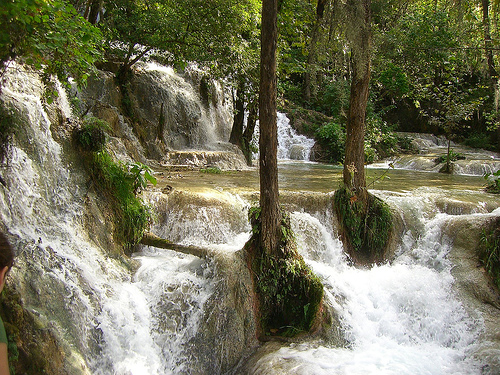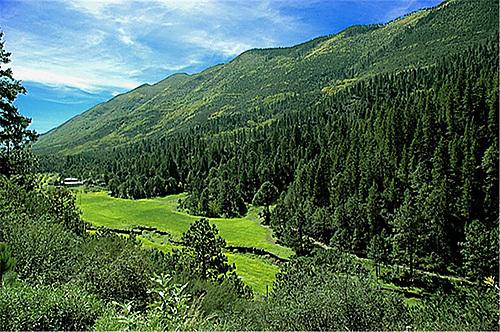Nuevo León is a state located in northeastern Mexico. It borders the states of Tamaulipas to the north and east and San Luis Potosí to the south, and Coahuila to the west. To the north, Nuevo León accounts for a 15 kilometer (9 mi) stretch of the U.S.-Mexico border adjacent to the U.S. state of Texas.
The capital of Nuevo León is Monterrey, other important cities include Guadalupe, Santa Catarina, San Nicolás de los Garza, and San Pedro Garza García, all of which are part of the Monterrey Metropolitan area.
Geography
The capital of Nuevo León is Monterrey, other important cities include Guadalupe, Santa Catarina, San Nicolás de los Garza, and San Pedro Garza García, all of which are part of the Monterrey Metropolitan area.
Nuevo León has an extreme climate, and there is very little rainfall throughout the year. The territory covers 64,924 square kilometers (25,067.3 sq mi), and can be divided into three regions: a hot, dry region in the north, a temperate region in the mountains, and a semi-arid region in the south. The Sierra Madre Orientalmountain range affects in an important way the lay of the land forming the Galeana and Doctor Arroyo plateaus, the Iguana, Picachos, Papagayos, and Santa Clara mountain ranges, and the Pilón, Ascensión, and Río Blanco valleys. As for hydrography, the San Juan River supplies the El Cuchillo dam, which provides water for Monterrey and the metropolitan area.
Presa de la boca
There are also the Cerro Prieto, La Boca, Vaquerías, Nogalitos, and Agualeguas dams. Laguna de Labradores is a major lake in Nuevo León, and Pozo del Gavilán is a natural well. Both are located in the Galeana municipality.
Pozo del Gavilan
The flora of the region includes brush and pastures in the low regions, and pine and oak trees in the mountains. The fauna includes black bears,mountain lions, javelinas, prairie dogs, foxes, coyotes, and white-tailed deer, along with smaller species.
Huasteca
El salto
Grutas de García
Laguna de labradores (galeana)
Video of Nuevo Leon





























